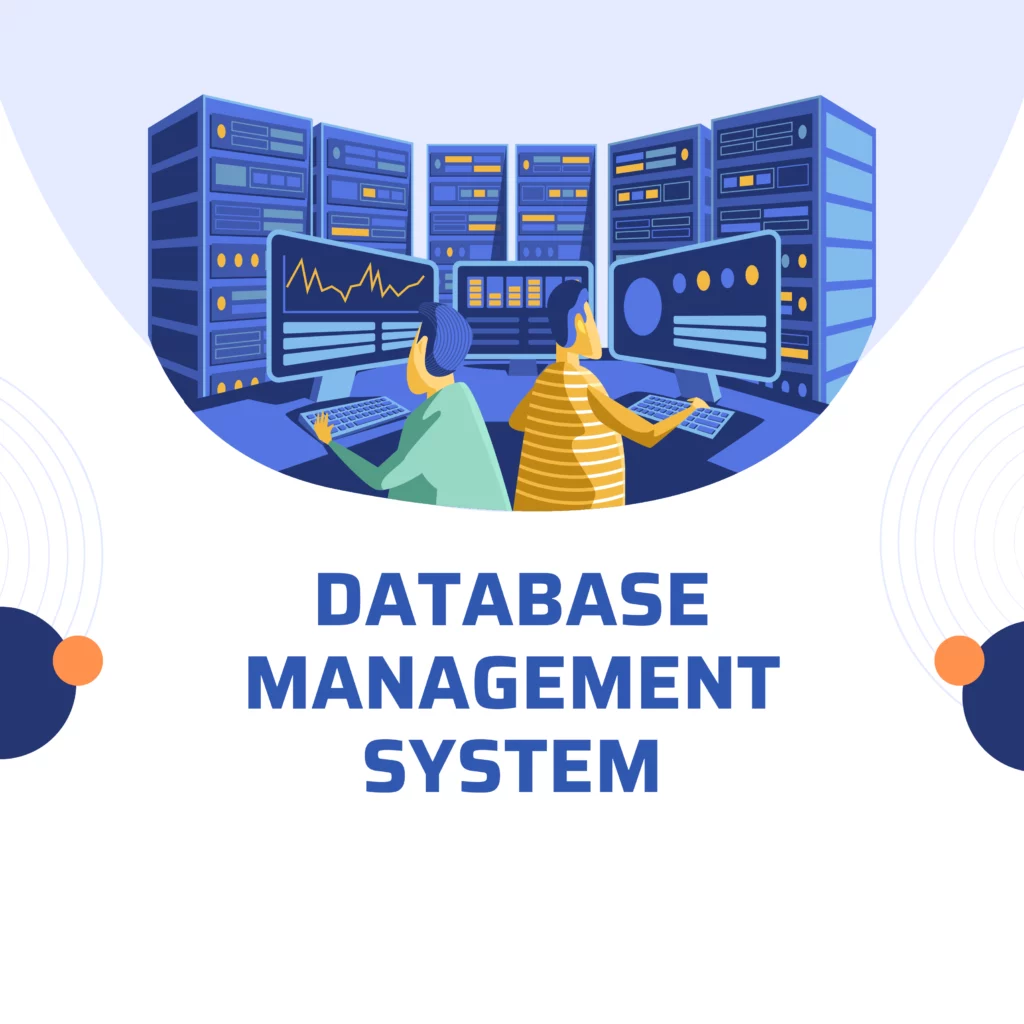In the ever-evolving digital landscape, the effective management of data is paramount. Data is often referred to as the new oil, and for good reason. In this age of information, businesses, large and small, depend on data to make informed decisions, drive growth, and maintain a competitive edge. Enter “Database Management System” (DBMS), the backbone of modern data management. In this comprehensive guide, we’ll explore what DBMS is, why it’s essential, its different types, and how to make the most of it.
What is a Database Management System (DBMS)?
A Database Management System, or DBMS, is a sophisticated software tool designed to efficiently store, manage, retrieve, and manipulate data. Think of it as the librarian of your digital information, meticulously organizing and facilitating access to your data. Whether you run a multinational corporation, a small e-commerce store, or a personal blog, a DBMS is indispensable for managing your information effectively.
The Core Functions of a DBMS
DBMS primarily serves four core functions. It also has some other extended functions for all these four cores functions.
Data Storage:
It provides a secure and structured environment for data storage. This ensures that your data is not only organized but also safe from unauthorized access.
Data Retrieval:
A DBMS enables you to access your data quickly. With powerful search and query capabilities, it becomes a breeze to retrieve specific information from vast datasets.
Data Manipulation:
You can insert, update, and delete data with ease, maintaining data accuracy and integrity.
Data Security:
DBMS incorporates security features to protect your data from breaches and ensure compliance with data privacy regulations.
Why is DBMS Essential?
The significance of Database Management System cannot be overstated in today’s data-driven world. Here are some key reasons why DBMS is crucial:
Enhanced Data Accessibility
One of the primary advantages of DBMS is the ease of data retrieval. With features like indexing and structured storage, you can access specific information swiftly, reducing downtime and improving efficiency.
Data Integrity
DBMS systems enforce data integrity constraints, ensuring that your data is accurate and reliable. This is particularly vital for critical business operations and decision-making processes.
Scalability
As your business or project grows, your data needs will also expand. DBMS solutions are highly scalable, accommodating your growing data volumes without compromising performance.
Concurrent Data Access
In a collaborative work environment, multiple users may need to access and modify data simultaneously. DBMS systems allow concurrent data access, ensuring that everyone works with the latest, most up-to-date information.
Data Security
Protecting sensitive data is non-negotiable. DBMS systems provide robust security features, such as user authentication, authorization, and encryption, to safeguard your information.
Types of Database Management System
Database Management System come in various types, each tailored to specific needs. Let’s explore some of the most common types:
1. Relational DBMS (RDBMS)
RDBMS is the most prevalent type of DBMS. It uses a structured approach, storing data in tables with rows and columns. Popular systems like MySQL, Oracle, and Microsoft SQL Server fall under this category.
2. NoSQL DBMS
NoSQL databases are known for their flexibility. They are ideal for handling unstructured or semi-structured data, making them suitable for applications like social media and IoT. MongoDB and Cassandra are well-known NoSQL databases.
3. Object-Oriented DBMS
This type of DBMS is designed to handle complex data structures and relationships. It’s commonly used in applications like computer-aided design and multimedia systems.
4. Document-Oriented DBMS
Document-oriented databases are excellent for managing large volumes of document-based information. They are well-suited for content management systems and knowledge bases.
5. Graph DBMS
Graph databases excel at managing interconnected data, making them ideal for applications like social networks, fraud detection, and recommendation engines.
How to Make the Most of Your DBMS
Now that we’ve established the importance of DBMS and explored its types, let’s discuss how to make the most of this powerful tool.
1. Proper Data Modeling
Effective data modeling is crucial. It involves designing the structure of your database to ensure optimal data organization and retrieval.
2. Query Optimization
Writing efficient queries can significantly boost performance. Ensure that your queries are well-optimized to minimize response times.
3. Regular Backups
Data loss can be catastrophic. Regular backups, both onsite and offsite, are essential to safeguard your information.
4. Security Measures
Implement robust security measures to protect your data from breaches and unauthorized access.
5. Continuous Monitoring
Regularly monitor your DBMS for performance issues, potential bottlenecks, and security vulnerabilities. Proactive monitoring can prevent problems before they escalate.
Conclusion
In conclusion, Database Management System are the unsung heroes of data organization and accessibility. By understanding their importance, types, and best practices, you can harness the power of DBMS to drive efficiency and success in your business or project.


